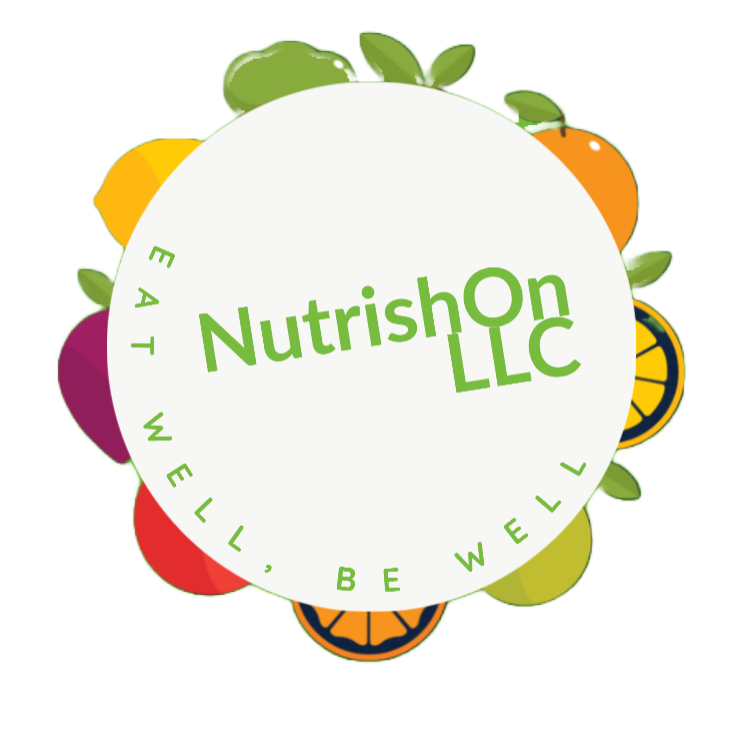Water-Rich Produce & Their Ability to Help You Stay Hydrated
Summer is officially here and I don’t know about you—but where I live is hot as hell! And what that means in my mind is it is time to make sure I am hydrating my body properly. As a Registered Dietitian Nutritionist, hydration is, in my humble opinion, one of the foundational pillars of wellness—there are so many bodily functions that rely on proper hydration and with even just as subtle as a 2% deficit in hydration you will definitely be feeling the effects! The human body is made up of somewhere between 55-78% water! Your brain and heart in particular are also approximately 70% water. The human body requires adequate hydration for it to function at its peak performance. Key bodily functions which rely on water for proper functioning include (but is not limited to): regulation of body temperature, maintenance of skin elasticity, chemical balance, lubrication and cushioning of the joints and bones, digestion and the removal of waste, and oxygen delivery throughout the body.
As I mentioned earlier, as little as 2% loss of hydration (be it through sweat, diarrhea, crying, etc.) can cause an upset in your body’s functioning which goes hand-in-hand with an array of symptoms—from mild headache to something considerably more life-threatening: heatstroke. Your heart and brain have to work significantly harder when you are even mildly dehydrated. Your body’s natural response to dehydration is to release angiotensin II (a hormone) from the kidneys which causes you in turn to feel thirsty. Nearly 75% of American adults are chronically dehydrated, according to the press; on average the average American adult only drinks about 2.5 cups of water daily!
Sure, drinking water from a glass makes sense for hydration, but did you know that you can actually eat certain fresh produce to boost your hydration status as well? Not only do fruits and vegetables offer a wide variety of vitamins, minerals, and fiber when you consume them, but some varieties boast a high-water-content and can help to increase the amount of water you are consuming! Some examples of high-water-content produce include: watermelon, cucumbers, strawberries, celery, grapefruit, cantaloupe, zucchini, peaches, oranges, cabbage, lettuce, tomatoes, bell peppers, and cauliflower. Watermelon itself possesses 92% water by volume! Watermelon also offers antioxidants, fiber, and Vitamin C and is relatively low in calories per cup (~45 calories). Other melons such as honeydew and cantaloupe are also high in their water-content—they are about 90% water by volume! Bell peppers are made up of over 90% water by volume; green bell peppers are 94% water by volume where red bell peppers are about 92% water by volume.
Not feeling just snacking on fruits or veggies by themselves? Not a problem! These fresh produce selections can be assembled into a variety of high-water-content meals and snacks very easily! For example: watermelon can be combined with feta cheese and mint to make a simple and refreshing salad. Another quick snack including these high-water produce items could be a veggie snack board with hummus which includes cucumber, celery, and bell peppers made into sticks for dipping! Grilled grapefruit with just a touch of honey on top makes for a delicious and unique dessert option!
Other ideas to utilize these awesome super-hydrating fruits and veggies include using them in smoothies or as fruit waters! Smoothies can be thrown together easily in a blender using as many different combinations of fruits as you like: peach-mango, strawberry-lime, the possibilities are endless! And what is more refreshing than adding your favorite fruit to water to add a little extra flavor and make it more appealing? Try adding slices of strawberry and lime to water, or even simply add slices of cucumber to add a subtle yet uplifting flavor!
Proper storage of produce is key in maintaining maximum water-content. For example, most fresh fruits and vegetables benefit from low temperatures (32-55F) and high humidities (80-95%); this is why many refrigerators come with drawers specifically allocated for fruits and vegetables. Storing produce under these conditions lowers their respiration and slows their metabolic and transpiration rates which reduces water losses and maintains food quality.
You may be thinking: now I know all these ways to get hydrated with high-water-content produce…but how do I track my hydration status? The easiest way is by actually measuring out the water you are consuming or by using bottles or cups with measurements on the side so you can track how much water you have been drinking. Another method for tracking your hydration status which may sound gross but is a great indicator of hydration: checking the color of your urine. When urine is a dark amber color, get drinking baby because you are definitely dehydrated! When your urine is a light-lemonade type color you are drinking just the right amount of water to be well-hydrated. If your urine is clear/colorless, you are likely overhydrated (which is also an issue). The amount of time between trips to the bathroom is also indicative of hydration status; taking 4-10 trips to the bathroom daily to go pee is normal, if you are going less than that you are more than likely dehydrated.
In conclusion, drinking water certainly is not the only way to ensure that you are properly hydrated. Plenty of fruits and vegetables provide ample quantities of water which can boost your hydration and guarantee that your body is properly hydrated and functioning at its peak. Whether you choose to eat these items as a snack, a side, a meal, or utilize them to create more appealing water choices, one thing is for sure: if you are hydrating you are not die-drating!
